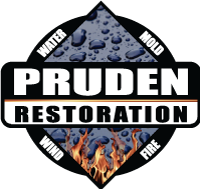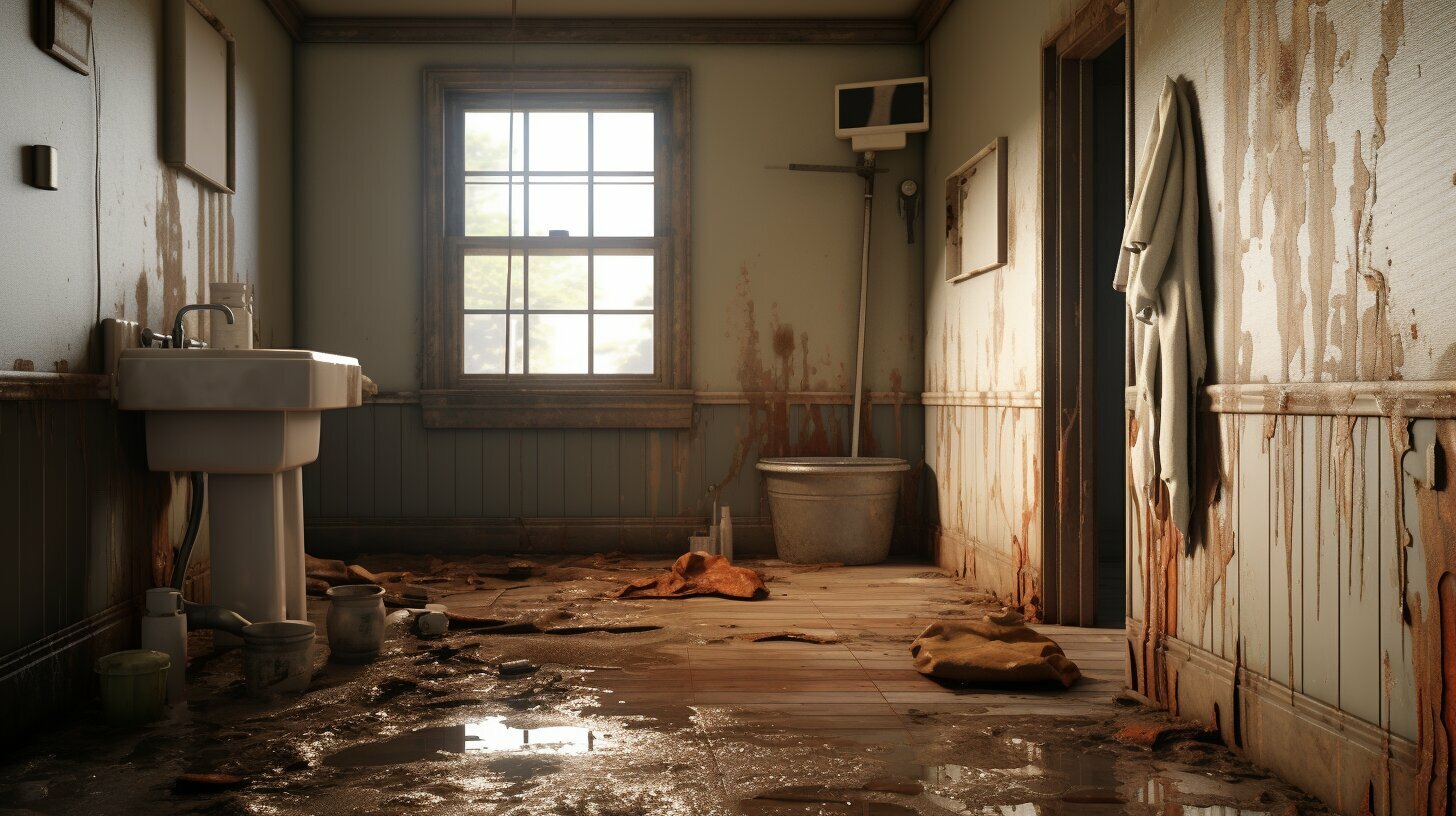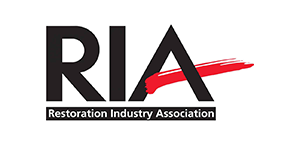Water damage can be a devastating event, but the good news is that it is repairable with prompt action and proper remediation processes. Acting quickly to address water damage is crucial in order to mitigate the damage and prevent further issues. The first step is to locate the source of the water and stop the flow if possible. It is also important to turn off the power to ensure safety. Calling the insurance company and documenting the damage is essential for starting an insurance claim.
Removing wet items and drying out the space as quickly as possible can help prevent mold growth. If the water damage is extensive, it is advisable to call a water restoration professional. A mold specialist should be called if there is a concern about mold growth. After the space has been emptied and dried out, it is important to clean and sanitize the area. Finally, restoration and rebuilding may be necessary, depending on the extent of the damage.
Key Takeaways:
- Water damage is repairable with prompt action and proper remediation processes.
- Locate the source of water and stop the flow to mitigate further damage.
- Turn off power for safety.
- Contact your insurance company and document the damage for an insurance claim.
- Quickly remove wet items and dry out the space to prevent mold growth.
Overall, addressing water damage promptly and following proper repair and restoration steps can help repair the damage caused. By taking immediate action and engaging professionals when necessary, you can restore your property and minimize future risks.
Steps for Water Damage Repair
When it comes to repairing water damage, following a structured process is crucial. Here are the key steps you should take to effectively repair and restore your property.
- Locate the source and stop the flow: The first step is to identify the source of the water damage. This could be a burst pipe, a leaking roof, or a malfunctioning appliance. Once you have identified the source, take immediate action to stop the flow of water. This could involve shutting off the water supply or fixing the issue causing the leak. This step is crucial in preventing further damage.
- Ensure safety: Before proceeding with any repairs, it is important to prioritize safety. Turn off the power supply to the affected area to avoid any electrical hazards. If the water damage is significant, consider turning off the main power supply to the entire property. Additionally, if there is standing water, exercise caution as it may be contaminated.
- Call your insurance company: Contact your insurance company as soon as possible to report the water damage. Document the extent of the damage by taking photographs or videos. This documentation will be crucial when filing an insurance claim. Provide all necessary information and follow the instructions provided by your insurance company.
- Remove wet items and dry out the space: Promptly remove any wet items from the affected area. This includes furniture, carpets, and personal belongings. Place them in a well-ventilated area to dry or consider hiring professionals for water extraction services. To dry out the space, use fans, dehumidifiers, and open windows to promote air circulation. This will help prevent mold growth.
- Consider professional help: If the water damage is extensive or if you suspect mold growth, it is advisable to seek professional assistance. A water restoration professional can assess the damage, perform necessary repairs, and ensure thorough drying. If mold is a concern, a mold specialist can inspect the area, conduct testing, and provide remediation services if needed.
- Clean and sanitize: Once the space is completely dry, it is important to clean and sanitize the affected area. Use appropriate cleaning agents to remove any residue or contaminants left behind by the water. This will help eliminate odors and prevent the growth of bacteria or mold.
- Restore and rebuild: Depending on the extent of the damage, restoration and rebuilding may be necessary. This could involve repairing damaged walls, replacing flooring, or fixing plumbing systems. Work with trusted contractors to ensure proper restoration and bring your property back to its pre-damaged condition.
Following these steps will help you effectively repair and restore your property after water damage. Remember, acting quickly is essential to minimize further damage and prevent potential health risks. By addressing water damage promptly and following proper repair and restoration procedures, you can successfully recover from the impact of water damage.
| Step | Description |
|---|---|
| 1 | Locate the source and stop the flow |
| 2 | Ensure safety |
| 3 | Call your insurance company |
| 4 | Remove wet items and dry out the space |
| 5 | Consider professional help |
| 6 | Clean and sanitize |
| 7 | Restore and rebuild |
Conclusion
Water damage can be repaired, but time is of the essence. By taking prompt action and following the necessary steps, you can effectively restore your property and prevent further damage.
The first step in water damage repair is to locate the source of the water and stop the flow, if possible. It is crucial to turn off the power to ensure safety during the restoration process. Additionally, calling your insurance company and documenting the damage is essential for starting an insurance claim and ensuring proper coverage.
To prevent mold growth, it is important to remove wet items and start drying out the affected space as quickly as possible. If the water damage is extensive or there is a concern about mold, it is advisable to seek the help of a water restoration professional or a mold specialist.
After emptying and drying out the space, thorough cleaning and sanitization are necessary. Depending on the extent of the damage, restoration and rebuilding may also be required to fully repair the affected area. By addressing water damage promptly and following these proper repair and restoration steps, you can effectively minimize the impact of water damage and restore your property to its pre-damaged condition.
FAQ
Is water damage repairable?
Yes, water damage is repairable, but it is important to act quickly to mitigate the damage and prevent further issues.
What should I do if I have water damage?
The first step is to locate the source of the water and stop the flow if possible. It is also important to turn off the power to ensure safety. Calling the insurance company and documenting the damage is essential for starting an insurance claim.
How can I prevent mold growth after water damage?
Removing wet items and drying out the space as quickly as possible can help prevent mold growth. If the water damage is extensive, it is advisable to call a water restoration professional. A mold specialist should be called if there is a concern about mold growth.
What should I do after the space has been dried out?
After the space has been emptied and dried out, it is important to clean and sanitize the area. Finally, restoration and rebuilding may be necessary, depending on the extent of the damage.










